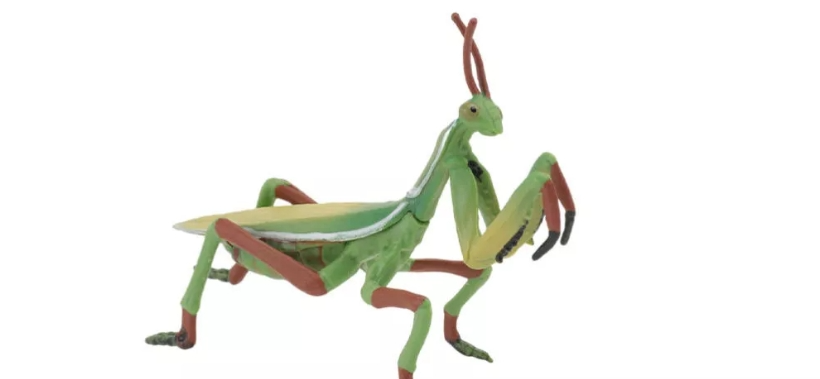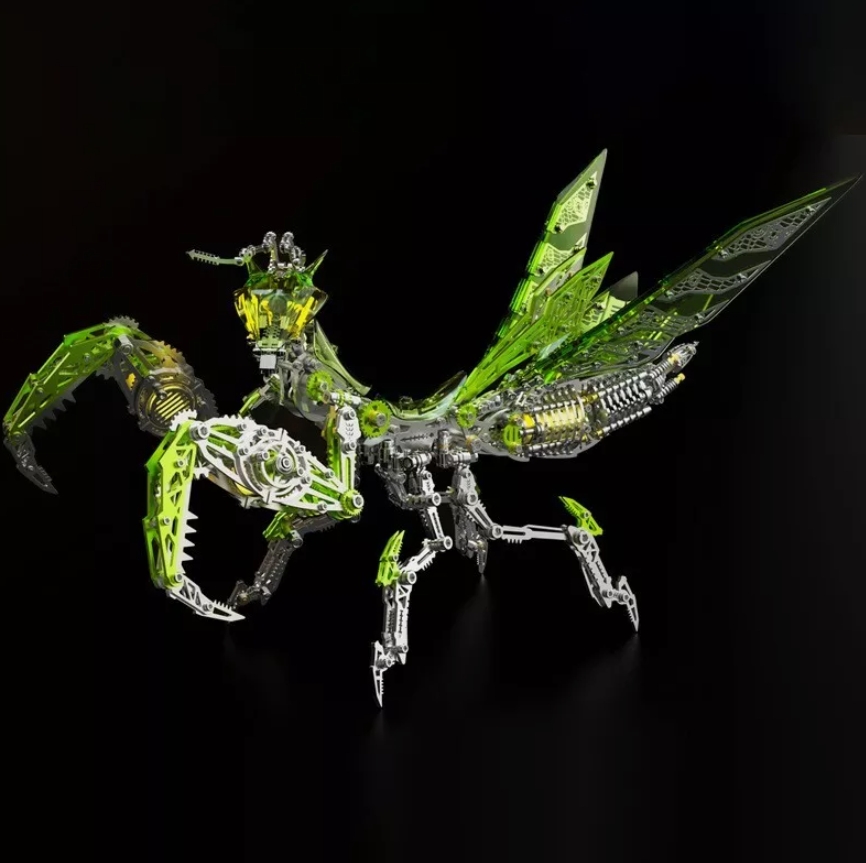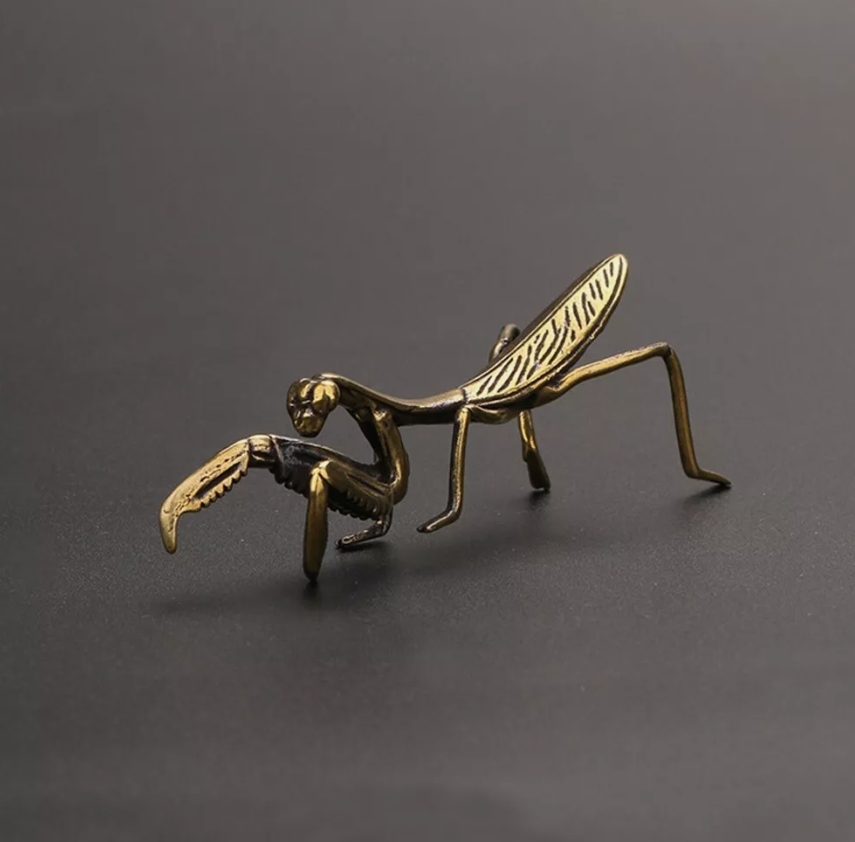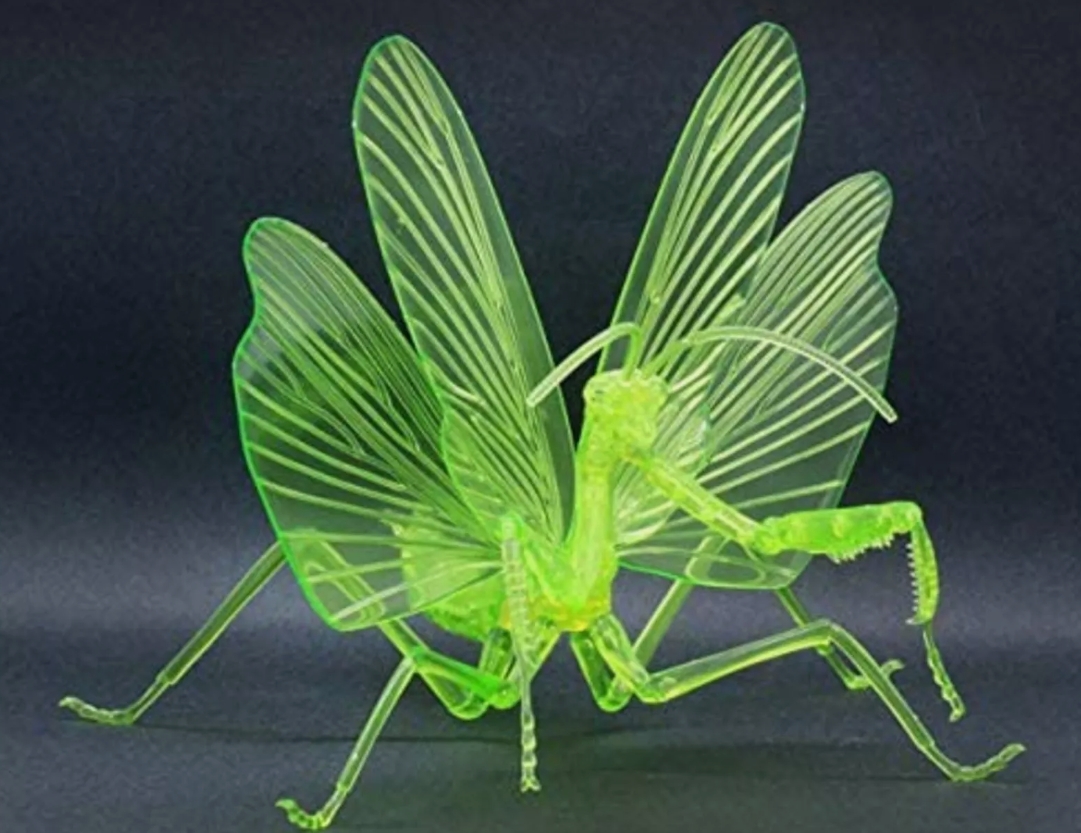Mantis model is a widely used concept in science and engineering, mainly used to describe and understand the dynamic behavior of complex systems. The name comes from the hunting method of the insect mantis, which is characterized by its keen perception and rapid reaction to the environment. The Mantis model helps analyze and predict the overall performance of a system by modeling the interrelationships between the various components of the system.
The core idea of this model is to regard the system as composed of multiple components that interact with each other, and to describe the interaction of these components through mathematics and calculation methods. Mantis model is often applied in the fields of ecosystem, economic model, information network and so on. In these complex systems, the interactions between the individual elements often produce nonlinear results, making simple linear analysis unable to capture the true dynamic changes.
In ecology, the mantis model can be used to simulate the relationship between predator and prey. Here, the behavior of the predator will affect the number of prey, and the number of prey change will in turn affect the survival state of the predator. This two-way feedback mechanism is an important key to understanding ecological balance.
In economics,the Mantis model can be used to study the interactions between market participants and how these interactions affect market prices and economic stability. As participants' strategies change,market conditions may experience periodic fluctuations, especially during economic crises and booms.
The technology field is also beginning to use the mantis model to optimize the design of complex systems. For example,in the information network,the connection and data transmission between each node can be modeled with the mantis model to improve the efficiency and reliability of network transmission.




